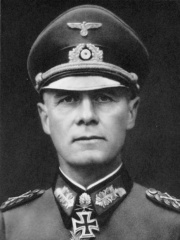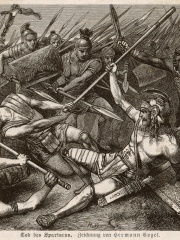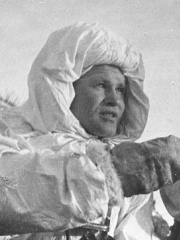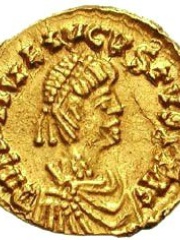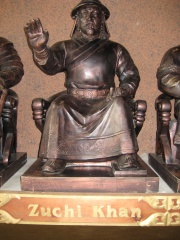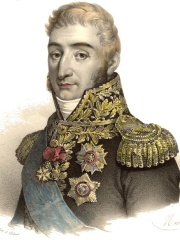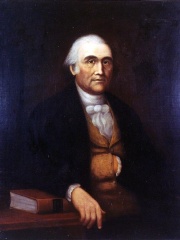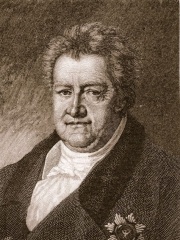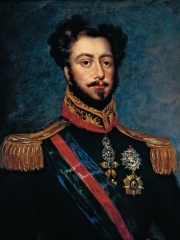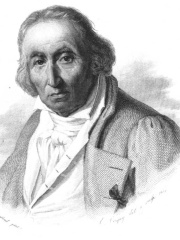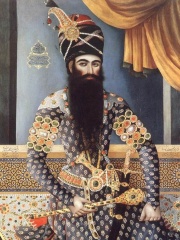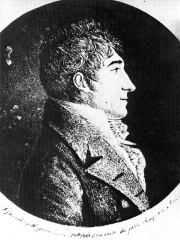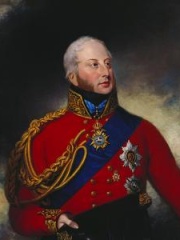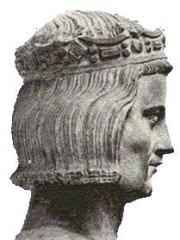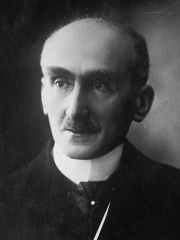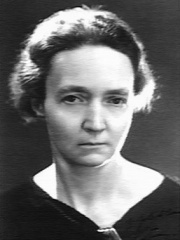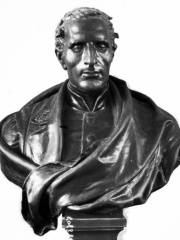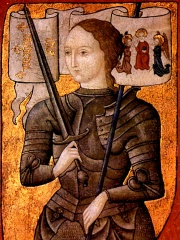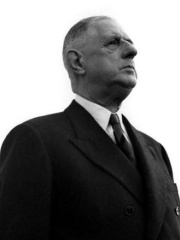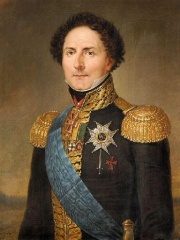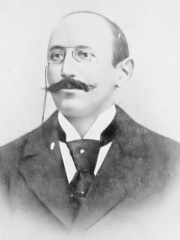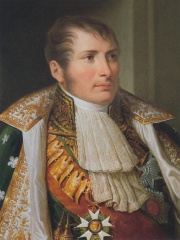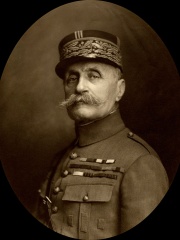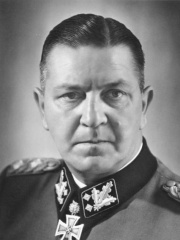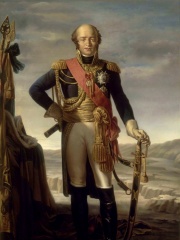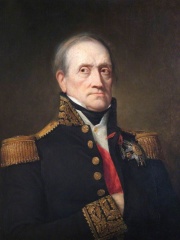MILITARY PERSONNEL
Gilbert du Motier, Marquis de Lafayette
1757 - 1834
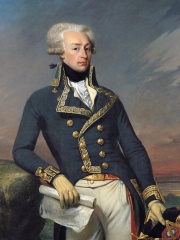
 Gilbert du Motier, Marquis de Lafayette
Gilbert du Motier, Marquis de Lafayette
Marie-Joseph Paul Yves Roch Gilbert du Motier, Marquis de La Fayette (French: [ʒilbɛʁ dy mɔtje maʁki d(ə) la fajɛt]; 6 September 1757 – 20 May 1834), known in the United States as Lafayette (), was a French military officer and politician who volunteered to join the Continental Army, led by General George Washington, in the American Revolutionary War. Lafayette commanded Continental Army troops in the decisive siege of Yorktown in 1781, the Revolutionary War's final major battle, which secured American independence. After returning to France, Lafayette became a key figure in the French Revolution of 1789 and the July Revolution of 1830 and continues to be celebrated as a hero in both France and the United States. Lafayette was born into a wealthy land-owning family in Chavaniac in the province of Auvergne in south-central France. Read more on Wikipedia
His biography is available in 62 different languages on Wikipedia. Gilbert du Motier, Marquis de Lafayette is the 17th most popular military personnel (up from 77th in 2024), the 86th most popular biography from France (up from 293rd in 2019) and the 5th most popular French Military Personnel.
Gilbert du Motier, Marquis de Lafayette is most famous for his role in the American Revolution.
Memorability Metrics
Page views of Gilbert du Motier, Marquis de Lafayette by language
Among MILITARY PERSONNELS
Among military personnels, Gilbert du Motier, Marquis de Lafayette ranks 17 out of 2,058. Before him are Oda Nobunaga, Erwin Rommel, Tokugawa Ieyasu, Khalid ibn al-Walid, Charles Martel, and Prince Eugene of Savoy. After him are Spartacus, Vasily Zaitsev, Romulus Augustulus, Flavius Aetius, Jochi, and Simo Häyhä.
Most Popular Military Personnels in Wikipedia
Go to all RankingsOda Nobunaga
1534 - 1582
HPI: 82.89
Rank: 11
Erwin Rommel
1891 - 1944
HPI: 82.62
Rank: 12
Tokugawa Ieyasu
1542 - 1616
HPI: 82.57
Rank: 13
Khalid ibn al-Walid
592 - 642
HPI: 82.46
Rank: 14
Charles Martel
688 - 741
HPI: 82.26
Rank: 15
Prince Eugene of Savoy
1663 - 1736
HPI: 82.21
Rank: 16
Gilbert du Motier, Marquis de Lafayette
1757 - 1834
HPI: 82.19
Rank: 17
Spartacus
109 BC - 71 BC
HPI: 82.09
Rank: 18
Vasily Zaitsev
1915 - 1991
HPI: 81.62
Rank: 19
Romulus Augustulus
460 - 527
HPI: 81.58
Rank: 20
Flavius Aetius
390 - 454
HPI: 81.25
Rank: 21
Jochi
1181 - 1227
HPI: 81.23
Rank: 22
Simo Häyhä
1905 - 2002
HPI: 81.19
Rank: 23
Contemporaries
Among people born in 1757, Gilbert du Motier, Marquis de Lafayette ranks 2. Before him is Charles X of France. After him are William Blake, Antonio Canova, Henry Addington, 1st Viscount Sidmouth, Pierre Augereau, Friedrich Karl Ludwig, Duke of Schleswig-Holstein-Sonderburg-Beck, Robert Smith, Jacques Hébert, Countess Augusta Reuss of Ebersdorf, Karl August, Grand Duke of Saxe-Weimar-Eisenach, and Rigas Feraios. Among people deceased in 1834, Gilbert du Motier, Marquis de Lafayette ranks 1. After him are Thomas Robert Malthus, Pedro I of Brazil, Friedrich Schleiermacher, Joseph Marie Jacquard, Sunjo of Joseon, Samuel Taylor Coleridge, François-Adrien Boieldieu, Alois Senefelder, Fath-Ali Shah Qajar, Karl Ludwig Harding, and Prince William Frederick, Duke of Gloucester and Edinburgh.
Others Born in 1757
Go to all RankingsCharles X of France
POLITICIAN
1757 - 1836
HPI: 82.61
Rank: 1
Gilbert du Motier, Marquis de Lafayette
MILITARY PERSONNEL
1757 - 1834
HPI: 82.19
Rank: 2
William Blake
WRITER
1757 - 1827
HPI: 77.20
Rank: 3
Antonio Canova
SCULPTOR
1757 - 1822
HPI: 76.37
Rank: 4
Henry Addington, 1st Viscount Sidmouth
POLITICIAN
1757 - 1844
HPI: 75.85
Rank: 5
Pierre Augereau
MILITARY PERSONNEL
1757 - 1816
HPI: 71.73
Rank: 6
Friedrich Karl Ludwig, Duke of Schleswig-Holstein-Sonderburg-Beck
POLITICIAN
1757 - 1816
HPI: 69.29
Rank: 7
Robert Smith
POLITICIAN
1757 - 1842
HPI: 68.72
Rank: 8
Jacques Hébert
WRITER
1757 - 1794
HPI: 68.25
Rank: 9
Countess Augusta Reuss of Ebersdorf
POLITICIAN
1757 - 1831
HPI: 67.06
Rank: 10
Karl August, Grand Duke of Saxe-Weimar-Eisenach
POLITICIAN
1757 - 1828
HPI: 67.06
Rank: 11
Rigas Feraios
WRITER
1757 - 1798
HPI: 66.95
Rank: 12
Others Deceased in 1834
Go to all RankingsGilbert du Motier, Marquis de Lafayette
MILITARY PERSONNEL
1757 - 1834
HPI: 82.19
Rank: 1
Thomas Robert Malthus
ECONOMIST
1766 - 1834
HPI: 80.30
Rank: 2
Pedro I of Brazil
POLITICIAN
1798 - 1834
HPI: 76.94
Rank: 3
Friedrich Schleiermacher
PHILOSOPHER
1768 - 1834
HPI: 75.81
Rank: 4
Joseph Marie Jacquard
INVENTOR
1752 - 1834
HPI: 74.32
Rank: 5
Sunjo of Joseon
POLITICIAN
1790 - 1834
HPI: 72.94
Rank: 6
Samuel Taylor Coleridge
WRITER
1772 - 1834
HPI: 71.21
Rank: 7
François-Adrien Boieldieu
COMPOSER
1775 - 1834
HPI: 70.41
Rank: 8
Alois Senefelder
INVENTOR
1771 - 1834
HPI: 69.75
Rank: 9
Fath-Ali Shah Qajar
POLITICIAN
1772 - 1834
HPI: 69.62
Rank: 10
Karl Ludwig Harding
ASTRONOMER
1765 - 1834
HPI: 69.40
Rank: 11
Prince William Frederick, Duke of Gloucester and Edinburgh
POLITICIAN
1776 - 1834
HPI: 67.43
Rank: 12
In France
Among people born in France, Gilbert du Motier, Marquis de Lafayette ranks 86 out of 6,770. Before him are Henry III of France (1551), Louis IX of France (1214), Henri Bergson (1859), Prince Eugene of Savoy (1663), Tacitus (54), and Jacques Cartier (1491). After him are Irène Joliot-Curie (1897), Pope Clement V (1264), Jacques-Louis David (1748), Jean-Baptiste Lamarck (1744), Louis de Broglie (1892), and Louis Braille (1809).
Others born in France
Go to all RankingsHenry III of France
POLITICIAN
1551 - 1589
HPI: 82.41
Rank: 80
Louis IX of France
POLITICIAN
1214 - 1270
HPI: 82.35
Rank: 81
Henri Bergson
PHILOSOPHER
1859 - 1941
HPI: 82.22
Rank: 82
Prince Eugene of Savoy
MILITARY PERSONNEL
1663 - 1736
HPI: 82.21
Rank: 83
Tacitus
HISTORIAN
54 - 120
HPI: 82.21
Rank: 84
Jacques Cartier
EXPLORER
1491 - 1557
HPI: 82.21
Rank: 85
Gilbert du Motier, Marquis de Lafayette
MILITARY PERSONNEL
1757 - 1834
HPI: 82.19
Rank: 86
Irène Joliot-Curie
CHEMIST
1897 - 1956
HPI: 82.18
Rank: 87
Pope Clement V
RELIGIOUS FIGURE
1264 - 1314
HPI: 82.11
Rank: 88
Jacques-Louis David
PAINTER
1748 - 1825
HPI: 82.11
Rank: 89
Jean-Baptiste Lamarck
BIOLOGIST
1744 - 1829
HPI: 82.06
Rank: 90
Louis de Broglie
PHYSICIST
1892 - 1987
HPI: 82.00
Rank: 91
Louis Braille
INVENTOR
1809 - 1852
HPI: 81.98
Rank: 92
Among MILITARY PERSONNELS In France
Among military personnels born in France, Gilbert du Motier, Marquis de Lafayette ranks 5. Before him are Joan of Arc (1412), Charles de Gaulle (1890), Charles XIV John of Sweden (1763), and Prince Eugene of Savoy (1663). After him are Alfred Dreyfus (1859), Charles de Batz de Castelmore d'Artagnan (1611), Eugène de Beauharnais (1781), Ferdinand Foch (1851), Theodor Eicke (1892), Louis-Nicolas Davout (1770), and Jean-de-Dieu Soult (1769).
Joan of Arc
1412 - 1431
HPI: 91.02
Rank: 1
Charles de Gaulle
1890 - 1970
HPI: 86.70
Rank: 2
Charles XIV John of Sweden
1763 - 1844
HPI: 82.94
Rank: 3
Prince Eugene of Savoy
1663 - 1736
HPI: 82.21
Rank: 4
Gilbert du Motier, Marquis de Lafayette
1757 - 1834
HPI: 82.19
Rank: 5
Alfred Dreyfus
1859 - 1935
HPI: 77.76
Rank: 6
Charles de Batz de Castelmore d'Artagnan
1611 - 1673
HPI: 77.24
Rank: 7
Eugène de Beauharnais
1781 - 1824
HPI: 77.01
Rank: 8
Ferdinand Foch
1851 - 1929
HPI: 76.63
Rank: 9
Theodor Eicke
1892 - 1943
HPI: 74.40
Rank: 10
Louis-Nicolas Davout
1770 - 1823
HPI: 74.15
Rank: 11
Jean-de-Dieu Soult
1769 - 1851
HPI: 74.12
Rank: 12

